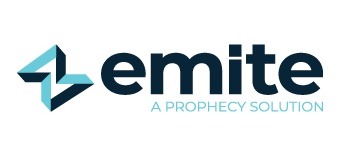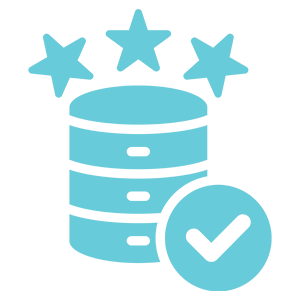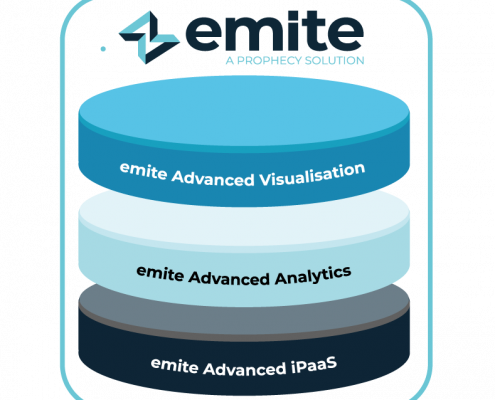Modern organizations are sitting on mountains of data. But without a unified data platform, much of that information goes untapped — siloed in systems, duplicated across platforms, or trapped in formats that resist meaningful analysis and a consistent governance approach. It’s not just a technical issue; it’s a business performance killer.
In fact, according to Gartner, poor data quality alone costs organizations an average of $12.9 million per year. That figure doesn’t even account for the downstream effects of fragmented data environments — like delayed decision-making, operational inefficiencies, and missed revenue opportunities.
So the real question is: What could you save by consolidating your data across your tech stack?
1. Save Time — Accelerate Insights and Reduce Manual Work
Disconnected data forces teams to become data wranglers, not data users. Analysts spend up to 80% of their time preparing data rather than analyzing it (Gartner) — merging spreadsheets, cleaning fields, reconciling source-of-truth disputes, and running back-and-forth validation across departments.
Unifying your data to provide clear, consistent insights with a platform like emite Advanced iPaaS and Advanced Analytics eliminates that friction. You gain:
- Real-time data aggregation across all systems — no more batch delays
- Automated pipelines that standardize and enrich data on ingest
- Data visualizations that surface insights instantly
- Consistent definitions and governance globally
This doesn’t just save time — it lets teams make better decisions, faster without worry about alignment.
2. Save Money — Reduce Redundant Tools, Storage, and Overhead
Fragmented solutions mean paying multiple vendors for overlapping capabilities. Duplicate data storage, redundant analytics licenses, and one-off connectors inflate IT costs — often without delivering ROI.
With emite, organizations consolidate functionality and eliminate redundant platforms. Here’s how:
- Streamlined integration eliminates the need for third-party Extract, Transform and Load (ETL) tools
- Consistent governance reduces compliance overhead and audit complexity
- Centralized reporting reduces the need for multiple Business Intelligence (BI) platforms and reduces security risks
When data is unified, you pay less for more visibility.
3. Save Reputation — Prevent Data Errors and Inconsistencies
When different departments run different reports from different systems — with different assumptions — credibility suffers. Stakeholders don’t trust the data, or worse, act on incorrect insights.
According to *Gartner, through 2026, 80% of organizations seeking to scale digital business will fail because they do not take a modern approach to data governance and integration.
emite ensures consistency by:
- Creating a single source of truth across systems and teams
- Supporting role-based access and data lineage tracking
- Ensuring auditability and compliance through secure architecture
With data you can trust, your brand — and your decision-making — becomes adaptive, continually evolving in sync with the changing market expectations.
4. Save Opportunity — Act on Data in Real Time
In today’s markets, timing is everything. Whether it’s identifying customer churn signals, responding to outages, or seizing sales trends, real-time decision-making is a competitive differentiator.
With emite’s data platform, you can:
- Detect patterns as they emerge, not after the fact
- Trigger automated responses or alerts
- Enable always-on visibility for key metrics and SLAs
Consolidating your data isn’t just about saving cost — it’s about unlocking opportunity.
The emite Advantage: Built for Unification from Day One
Unlike traditional toolkits that try to patch together disparate systems, the emite Suite was built with unification at its core:
- Advanced iPaaS for real-time data aggregation across modern and legacy platforms
- Advanced Analytics for insights that drive action
- Advanced Visualization for insight visualisation that makes sense at every level of the business
And with native support for multi-instance platforms, hybrid environments, and streaming protocols like Kafka, EventBridge, and Kinesis, emite doesn’t just bring all your data together — it future-proofs your business.
Use Case: Consolidating Data Across Multiple CRM and ERP Instances
A multinational professional services firm came to emite with a common challenge:
Over years of expansion and acquisitions, the business had accumulated six separate CRM instances and four ERP platforms — all containing customer, billing, and operational data in inconsistent formats.
Despite deploying different BI tools, leadership couldn’t get accurate, timely visibility across regions. Sales forecasts were unreliable and there was no consistent view of performance across the business. Finance customer service and workforce planning spent weeks reconciling reports. Strategic decisions were often made with partial data.
With emite, they were able to:
- Use Advanced iPaaS to aggregate data from all systems into a single platform
- Normalize structures across CRM and ERP instances without changing the source systems
- Create consistent definitions and provide a consolidated view in Advanced Analytics and Visualization
- Provide regional and executive teams with real-time, role-based views of performance and highlight historical trending
- Identify new opportunities to improve process and correct hidden inconsistencies in their data, stopping the value leakage from key strategic initiatives
The outcome?
- Report generation time dropped by 85%
- Monthly forecast accuracy improved from 62% to 94%
- The company saved over $500K annually by retiring redundant tools and manual processes
This isn’t an isolated case — it’s a reality for any business that’s grown fast, gone global, or experienced M&A activity. Consolidating your data isn’t just cleaner — it’s smarter business.









